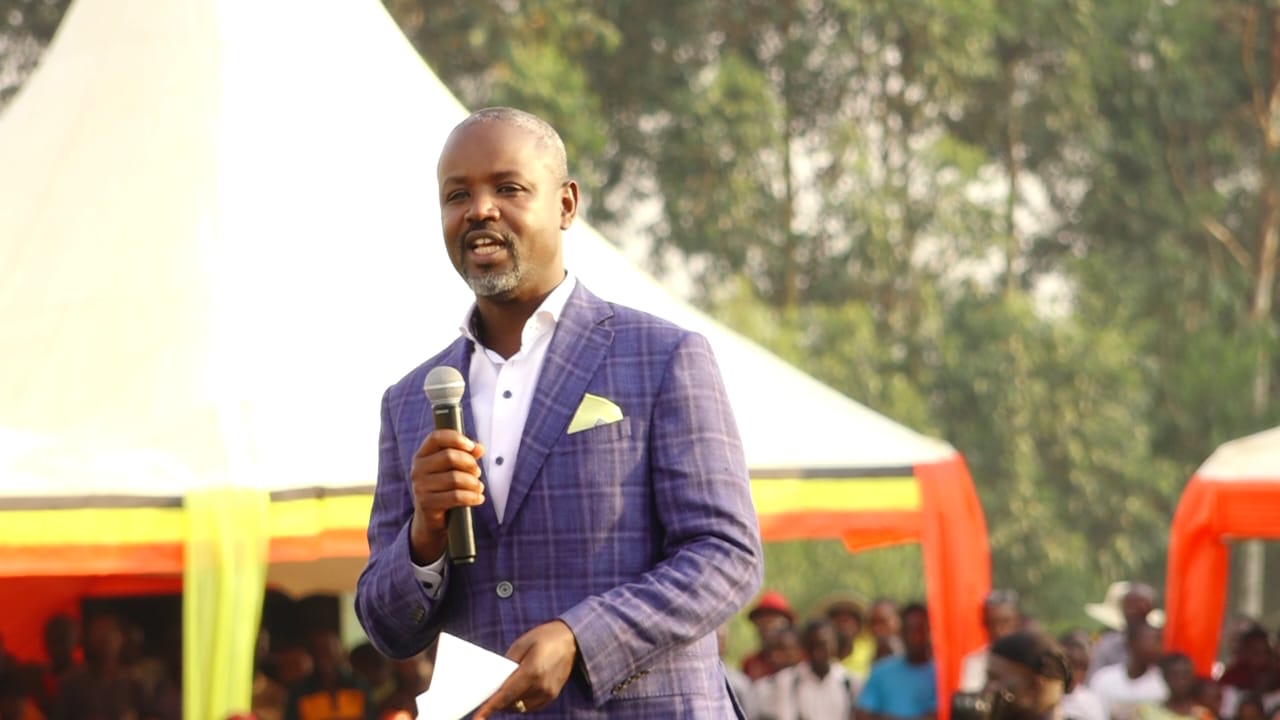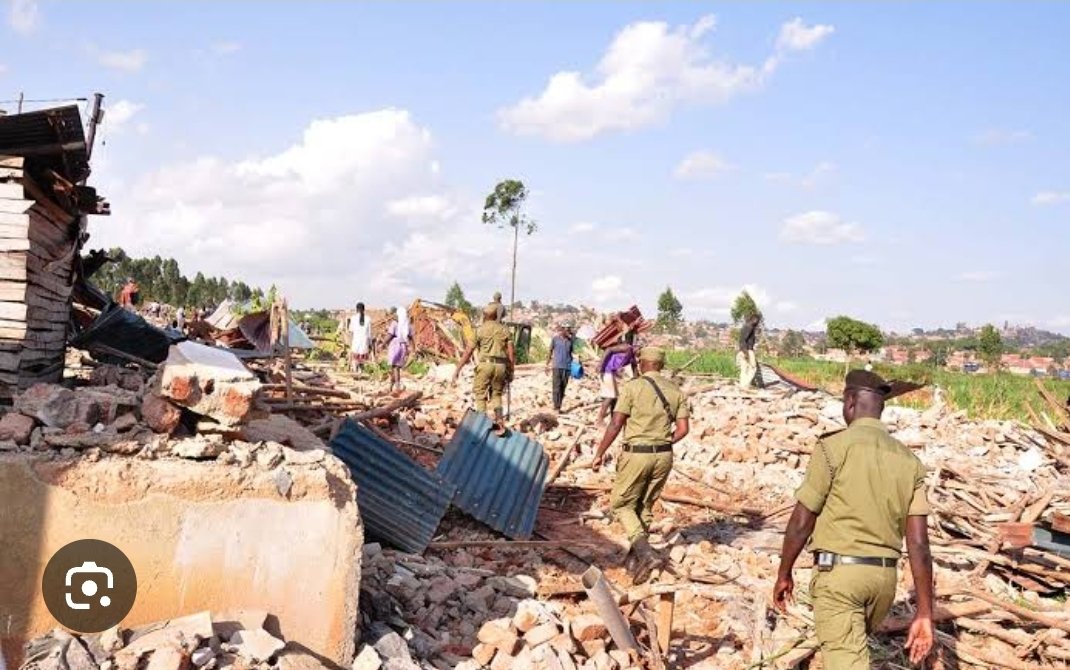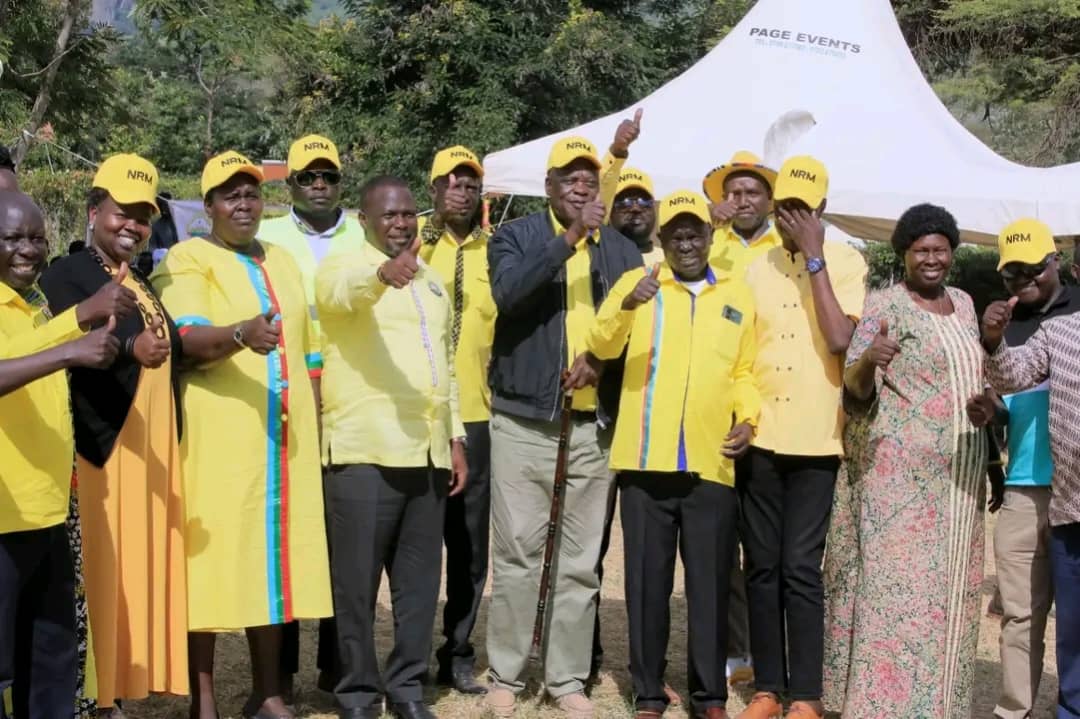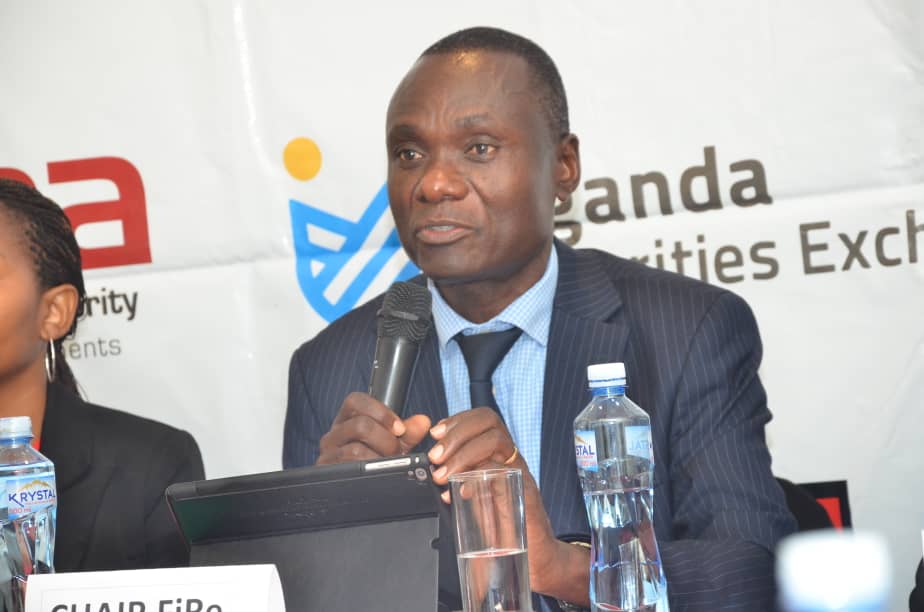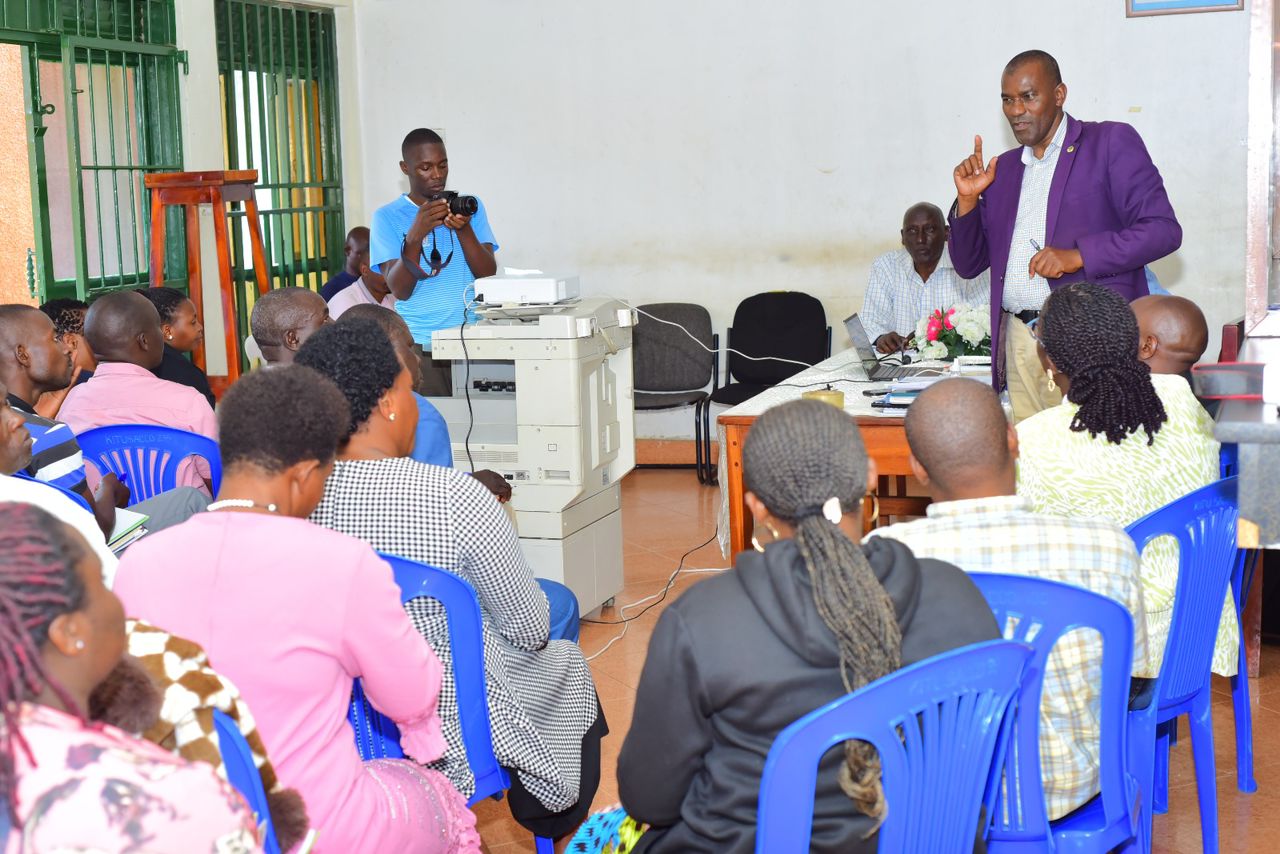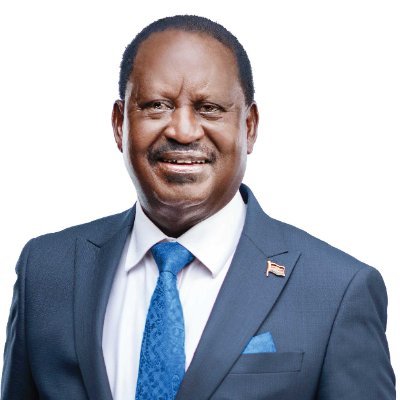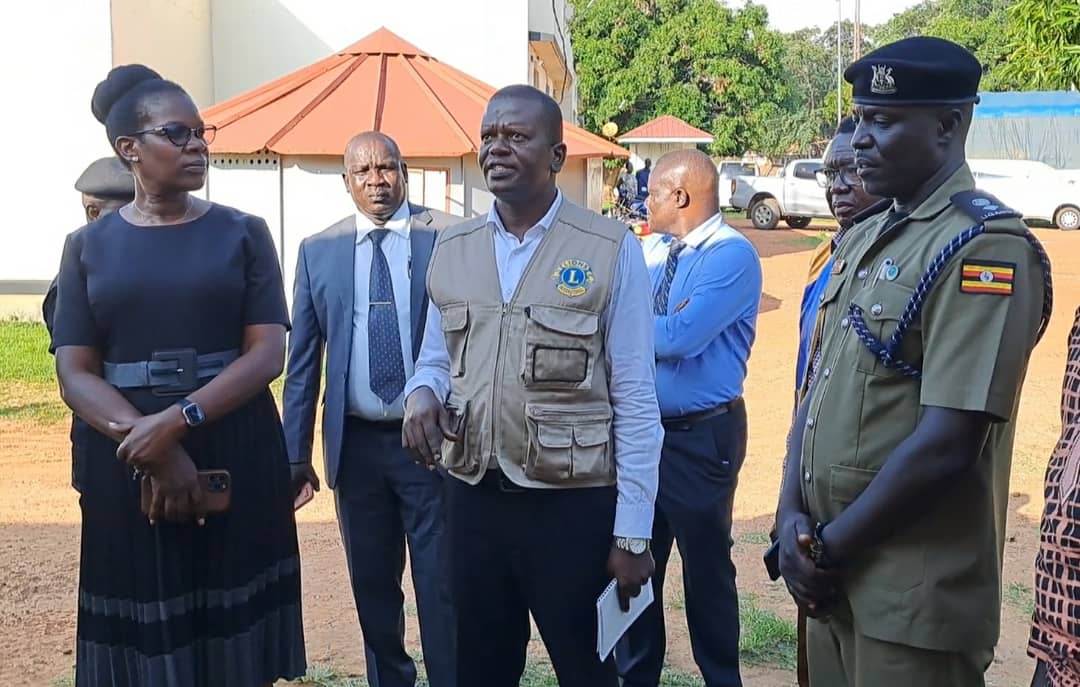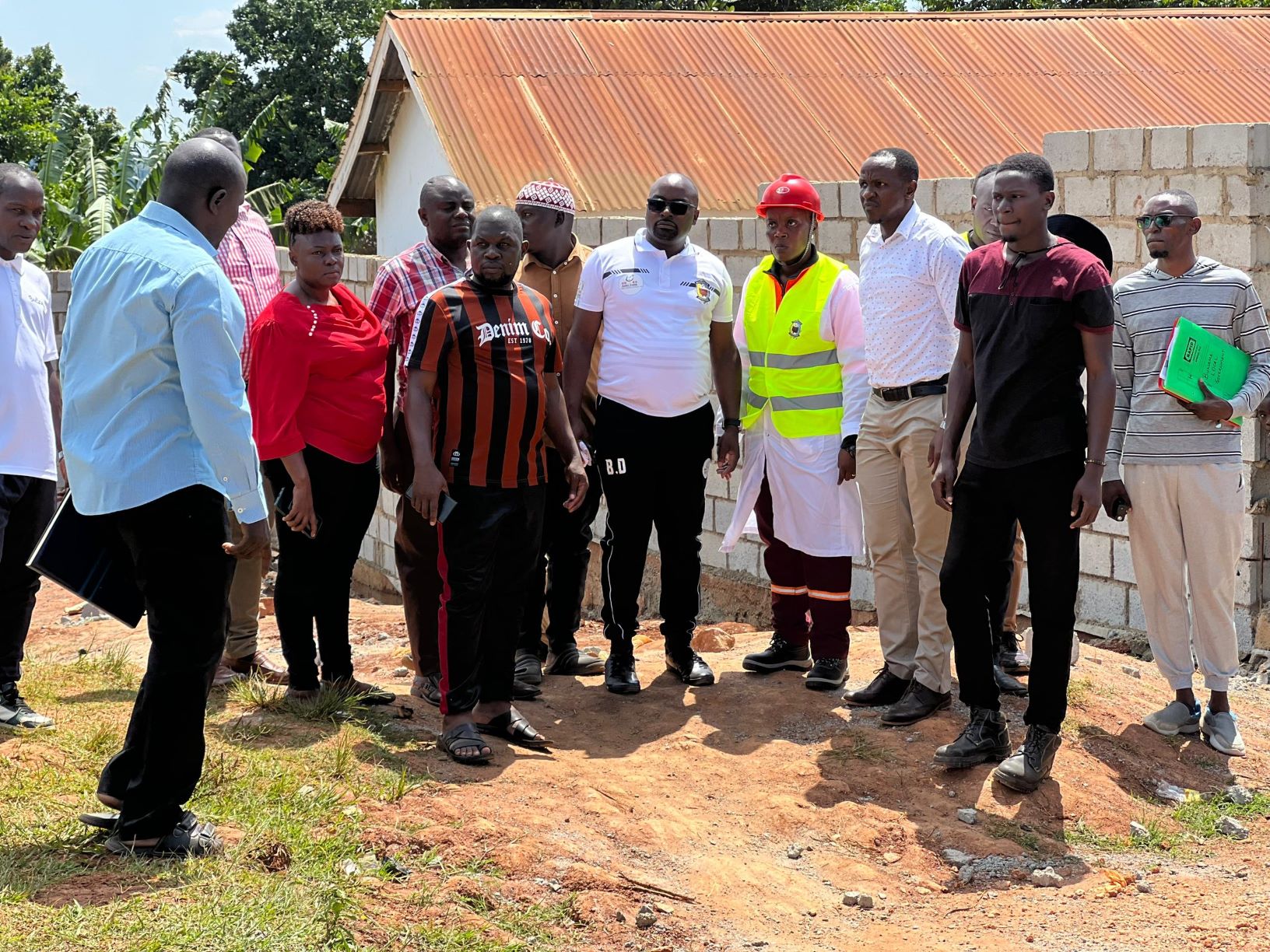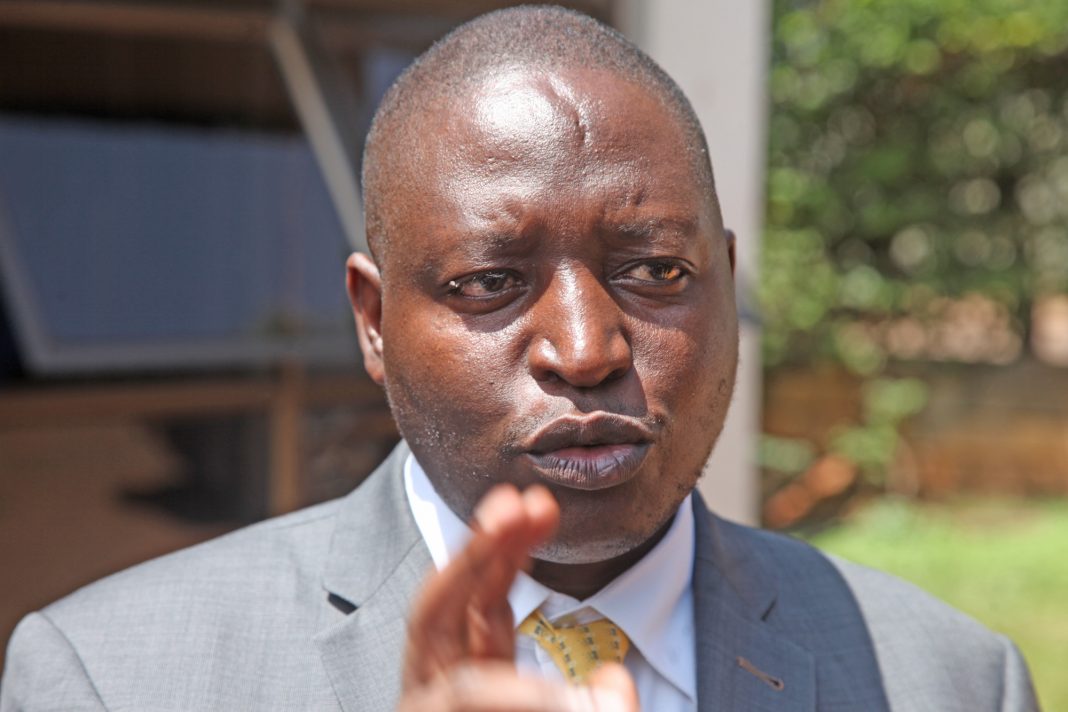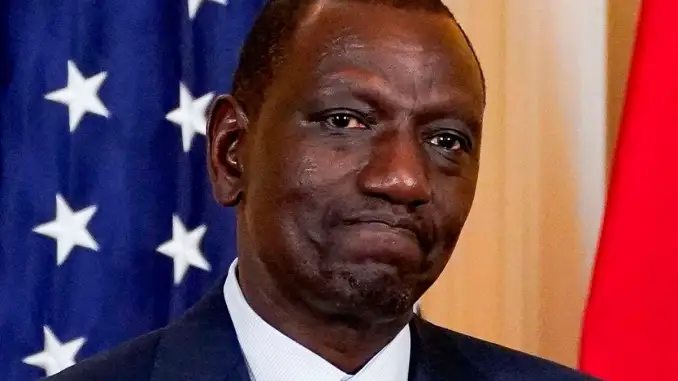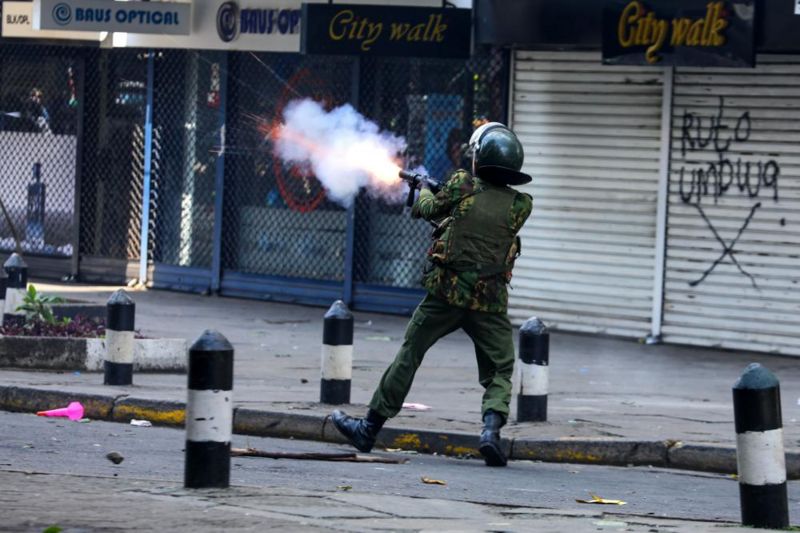The rituals of Hajj and Eid al Adha in Mecca

Each year, millions of Muslims from around the world converge on the holy city of Mecca in Saudi Arabia to perform Hajj, an annual pilgrimage that stands as one of the five pillars of Islam.
Hajj is a profound spiritual journey that every Muslim is obligated to undertake at least once in their lifetime if they are physically and financially able.
The rituals of Hajj are intricate and deeply symbolic, culminating in the celebration of Eid al-Adha.
The Hajj journey begins with the state of Ihram, a state of spiritual purity and physical simplicity.
Pilgrims don specific clothing: two white seamless sheets for men and modest attire for women, symbolizing equality and unity before God.
Upon entering Ihram, pilgrims recite the Talbiyah, a prayer declaring their intent to perform Hajj.
The first ritual in Mecca is Tawaf, the act of circling the Kaaba, Islam's holiest site, seven times in a counter clockwise direction. This act signifies the unity of the believers in the worship of the One God.
Following Tawaf, pilgrims perform Sa’i, walking seven times between the hills of Safa and Marwah, re-enacting Hajarah’s desperate search for water for her son, Ismail. This ritual emphasizes faith, endurance, and the mercy of God.
After completing Tawaf and Sa’i, pilgrims proceed to Mina, a small village near Mecca, where they spend the night in prayer and reflection.
The next day, pilgrims travel to the Plain of Arafat, the most crucial part of Hajj. Here, they stand in prayer and reflection from noon to sunset, seeking forgiveness and making supplications.
This event, known as Wuquf, represents the climax of Hajj and is a day of profound spiritual significance.
After sunset, pilgrims move to Muzdalifah, where they gather pebbles for the next day's ritual. They spend the night under the open sky, continuing their prayers.
The following morning, they return to Mina for the symbolic "Stoning of the Devil" (Ramy al-Jamarat), where they throw pebbles at three stone pillars, symbolizing the rejection of evil and temptation.
As Hajj culminates, Muslims around the world celebrate Eid al-Adha. Pilgrims in Mecca also observe this significant festival.
Following the stoning ritual, pilgrims perform the Qurbani, the sacrificial slaughter of an animal, usually a sheep, goat, or camel.
This act commemorates the Prophet Ibrahim's willingness to sacrifice his son in obedience to God.
In Mecca, the sheer volume of sacrificial animals results in a significant amount of meat. The Saudi authorities have established an efficient system to manage and distribute this meat.
The sacrificed animals are processed in specialized facilities, ensuring that the meat is hygienically prepared.
A portion of the meat is distributed to the pilgrims and the local needy population, while the majority is frozen and shipped to impoverished communities around the world. This practice not only honors the tradition of charity but also supports global humanitarian efforts.
After the sacrifice, pilgrims return to Mecca to perform Tawaf al-Ifadah, another circumambulation of the Kaaba, signifying the completion of Hajj. They also perform Sa’i again.
Finally, before leaving Mecca, pilgrims perform the Farewell Tawaf (Tawaf al-Wada), a final act of devotion.
For the millions who undertake this journey, Hajj is a deeply transformative experience. It fosters a profound sense of spiritual renewal and a stronger bond with the global Muslim community.
As pilgrims return home, they carry with them the lessons of faith, humility, and charity, inspired to lead lives of greater piety and service.
Eid al-Adha, celebrated both in Mecca and around the world, serves as a powerful reminder of the values of sacrifice, devotion, and generosity.
It is a time for Muslims to come together, support those in need, and reflect on the profound legacy of their faith.



